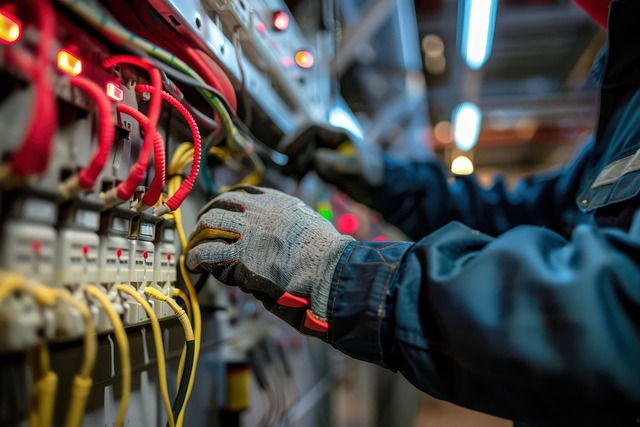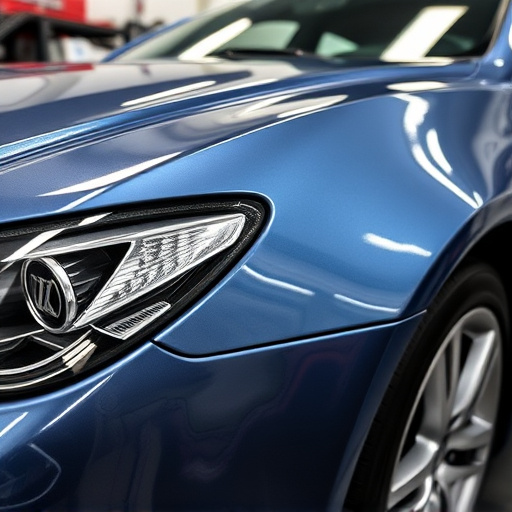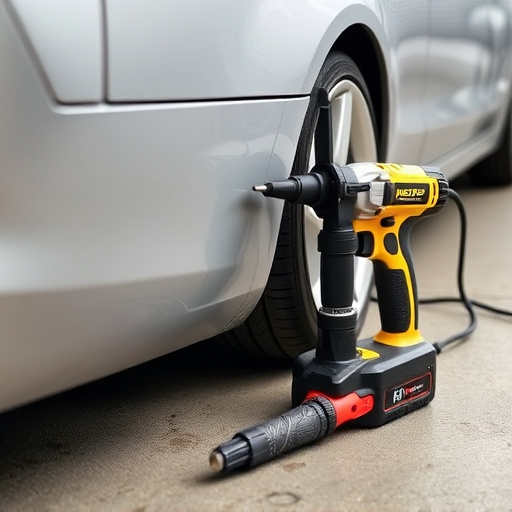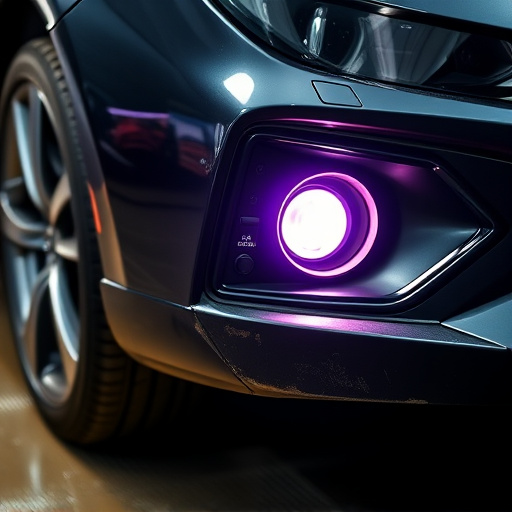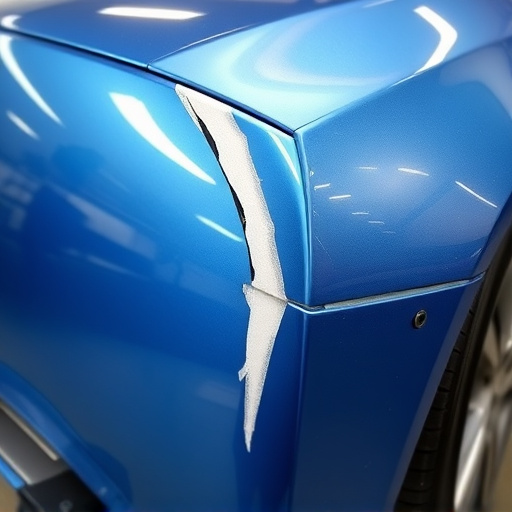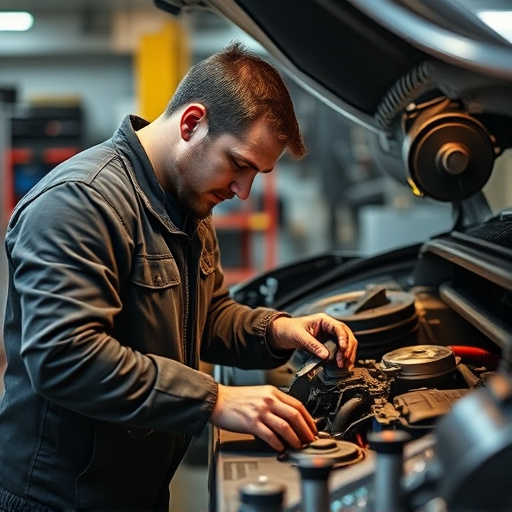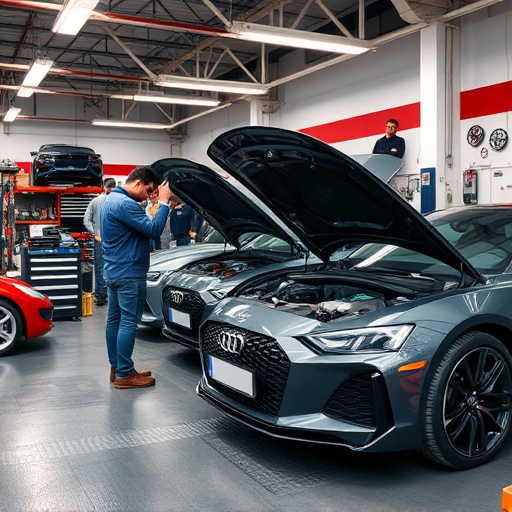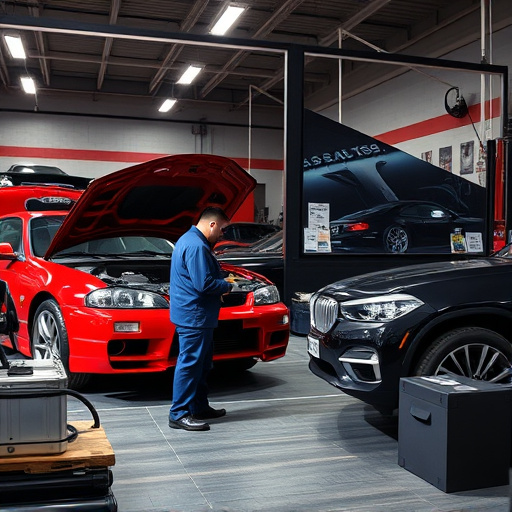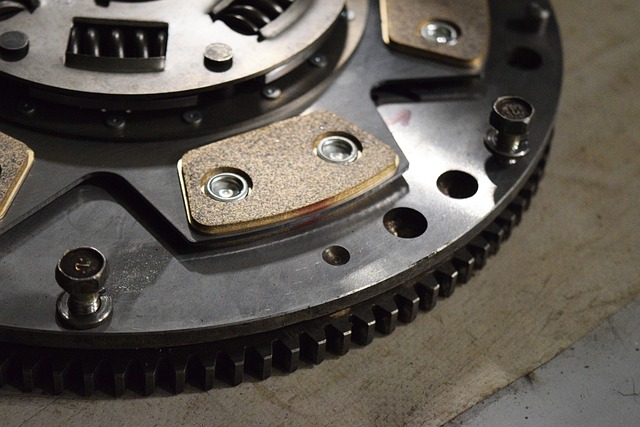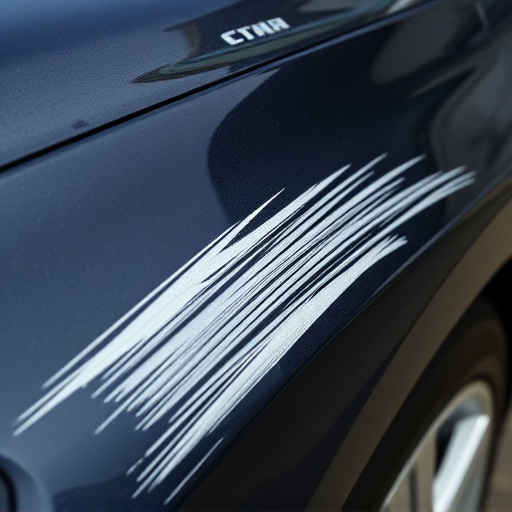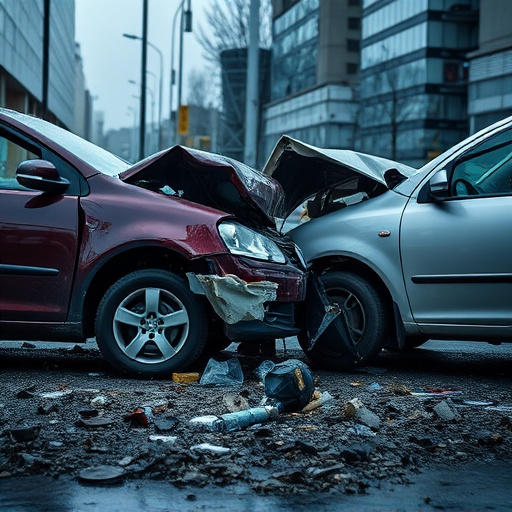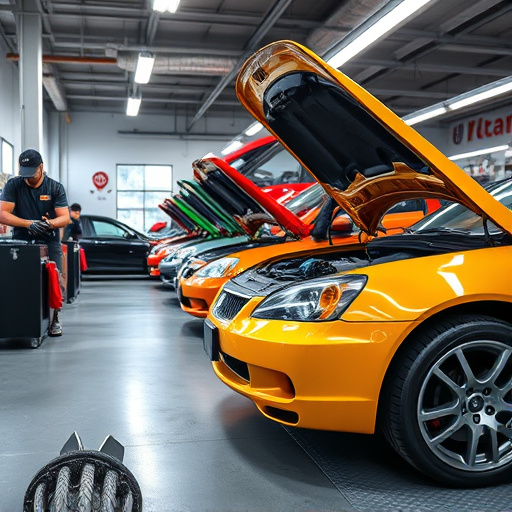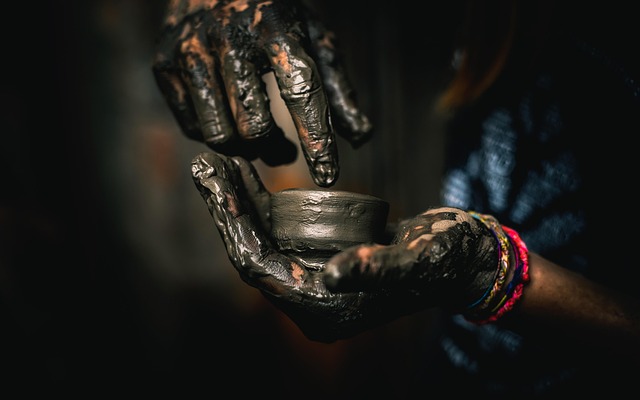Advanced materials like lightweight composites and high-strength steels are making vehicles safer and more fuel-efficient. Manufacturing techniques such as automated systems and 3D printing technologies streamline auto accident repair. AI and data analytics optimize repairs through accurate assessments, efficient workflows, and reduced costs. Robotics and autonomous systems enhance precision and efficiency, addressing skilled labor shortages and reducing human error. These innovations collectively transform auto accident repair, offering faster turnaround times, consistent results, and enhanced customer experiences.
The future of auto accident repair is being reshaped by groundbreaking technology trends. From advanced materials and sophisticated manufacturing techniques to the transformative power of artificial intelligence (AI) and data analytics, the industry is on the cusp of a significant evolution. Additionally, autonomous repair systems and robotics are emerging as game-changers, promising faster, more efficient, and safer restoration processes for vehicles damaged in accidents. These innovations are set to redefine how auto accident repairs are conducted, marking an exciting new era for the sector.
- Advanced Materials and Manufacturing Techniques
- Artificial Intelligence and Data Analytics
- The Rise of Autonomous Repair and Robotics
Advanced Materials and Manufacturing Techniques
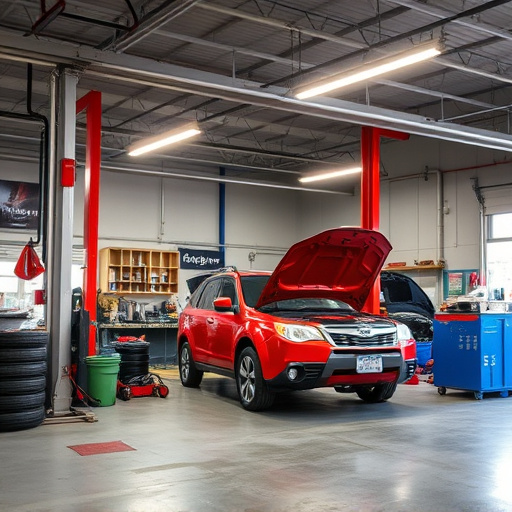
The future of auto accident repair is being reshaped by advanced materials and cutting-edge manufacturing techniques. New materials like lightweight composites and high-strength steels are revolutionizing vehicle construction, making cars safer and more fuel-efficient. These materials offer superior durability and impact resistance, which translates to reduced damage during accidents, thereby simplifying the repair process for auto body shops.
Manufacturing processes are also evolving with the introduction of automated systems and 3D printing technologies. Automated robotic arms can precisely apply paint and repairs, ensuring a seamless finish. 3D printing allows for on-demand parts manufacturing, reducing wait times and inventory costs. Moreover, these advancements enable auto glass repair to be more precise and efficient, with high-tech tools offering better alignment and faster installation, enhancing the overall customer experience in auto body shops.
Artificial Intelligence and Data Analytics
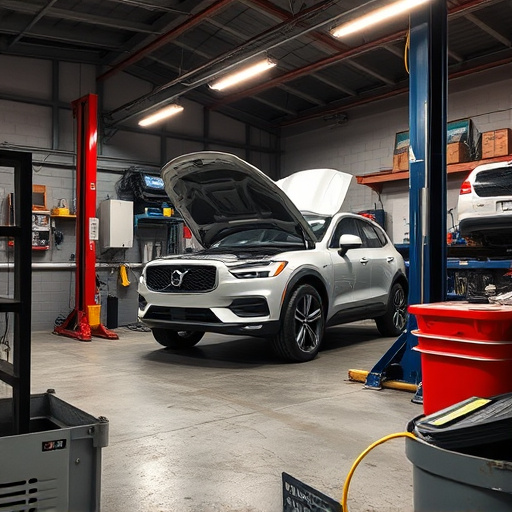
The future of auto accident repair is being reshaped by advanced technologies like artificial intelligence (AI) and data analytics. These tools are revolutionizing how auto repair shops handle car collision repairs, enabling more accurate assessments and efficient workflows. AI-driven systems can analyze vast amounts of data to predict part failures, optimize inventory management, and streamline the entire auto maintenance process.
By leveraging machine learning algorithms, these technologies can identify patterns in past repairs, ensuring that technicians have access to valuable insights when tackling complex auto accident repair tasks. This not only enhances the precision and speed of repairs but also reduces costs for both repair shops and customers. In a world where data is becoming increasingly crucial in the auto industry, AI and analytics are poised to redefine standards in auto repair, making processes more effective and customer experiences smoother.
The Rise of Autonomous Repair and Robotics
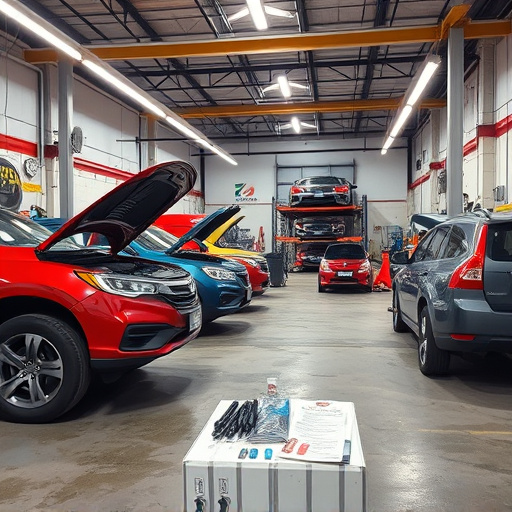
The future of auto accident repair is being reshaped by a technological revolution, with autonomous repair and robotics taking centre stage. As vehicles become increasingly connected and self-driving capabilities evolve, the process of repairing damaged cars is also transforming. Advanced robotics are set to play a pivotal role in auto bodyshops, enhancing precision and efficiency. These robotic systems can handle complex tasks such as welding, painting, and even intricate auto glass replacement with remarkable accuracy, reducing human error and improving overall repair quality.
Autonomous repair technologies offer numerous benefits for both repair shops and vehicle owners. Robotic arms equipped with advanced sensors can assess damage, disassemble components, and perform repairs with minimal human intervention. This not only speeds up the repair process but also ensures consistent results. Moreover, automation in car repair services can address the shortage of skilled labour, providing a more efficient and reliable solution for vehicle bodywork, from minor dents to major accidents.
As we look towards the future, technology is set to revolutionize auto accident repair. Advanced materials and manufacturing techniques will not only make vehicles lighter and stronger but also enable faster and more precise repairs. Artificial intelligence (AI) and data analytics will streamline the claims process, while autonomous repair systems and robotics will reduce labor costs and increase efficiency. These trends promise a future where auto accident repair is safer, quicker, and more cost-effective, ultimately enhancing road safety for all.
